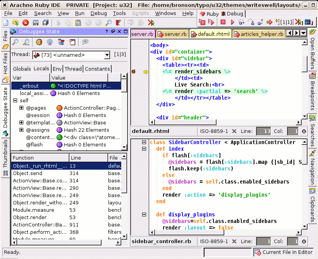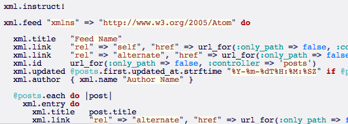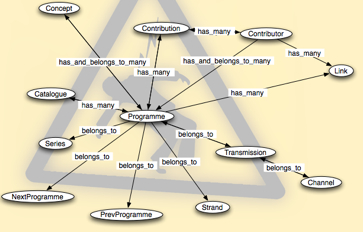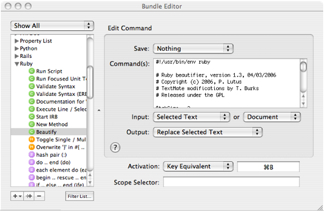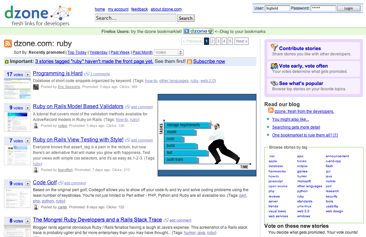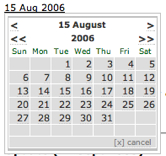By Peter Cooper / August 1, 2006
HTTP Request => Rails ‘params’
GET: /users => [:action => 'index']
GET: /users.xml => [:action => 'index', :format => 'xml']
GET: /users/1 => [:action => 'show', :id => 1]
GET: /users/1;edit => [:action => 'edit', :id => 1]
GET: /users/1.xml => [:action => 'show', :id => 1, :format => 'xml']
POST: /users => [:action => 'create']
PUT: /users/1 => [:action => 'update', :id => 1]
DELETE: /users/1 => [:action => 'destroy', :id => 1]
Prolific ‘Edge Rails’ blogger Ryan Daigle has written “Simply RESTful Support – And How to Use It“, a great walkthrough of the features offered by the simply_restful plugin that’s now a core part of Edge Rails and which will provide a lot of the new functionality to be seen in Rails 1.2. Read More







